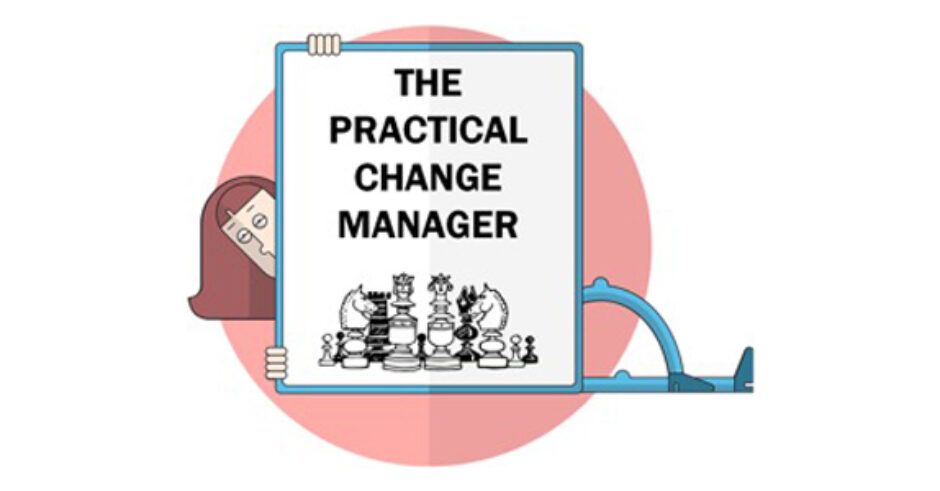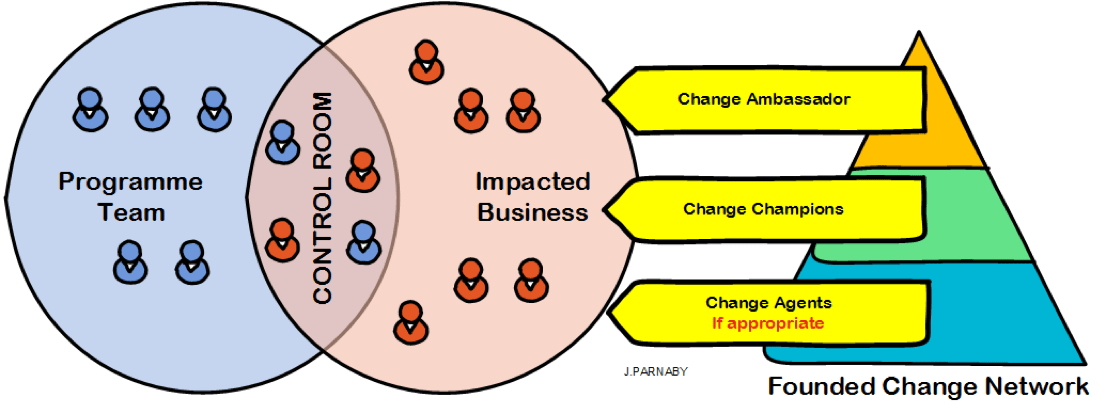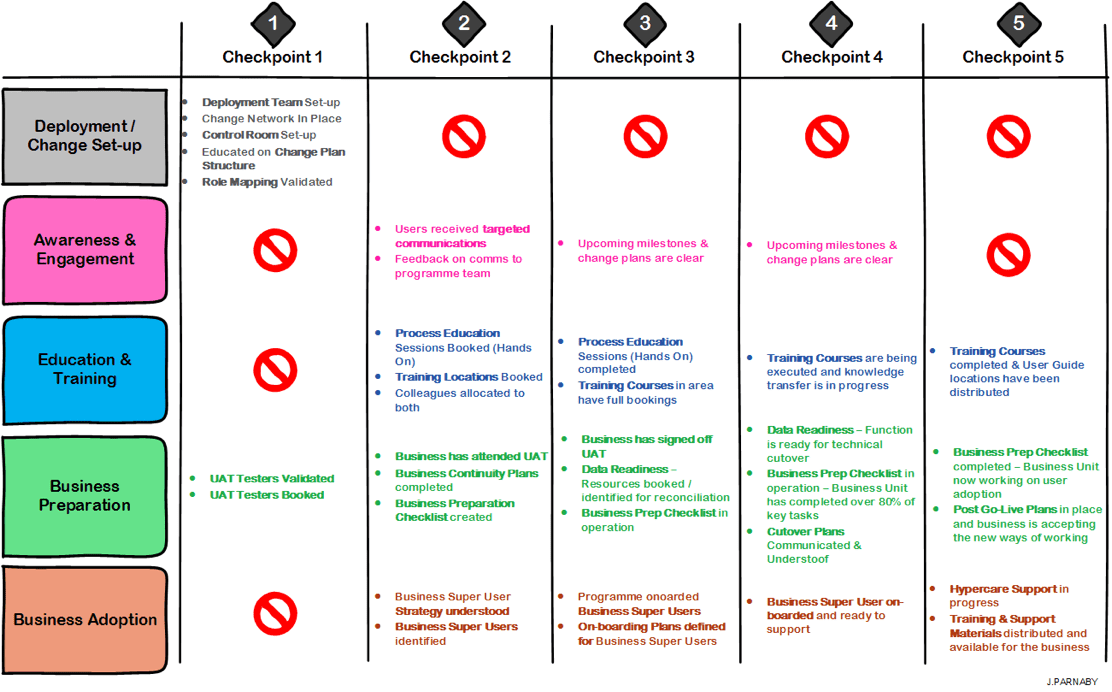“Creating your own barometer for change”
When it comes to executing change, you can have a well-designed change plan, a change network all established, however without a mechanism to effectively measure change periodically you will never be sure if it’s working, until it’s too late. It’s kind of like having a game of chess where one side of the board is “Your Change Plans” and the other side playing is “The Business Adoption”, you’ve planned and positioned your pieces to close in and ultimately deliver the change plan to full effect and then something happens which means business adoption is at risk, you’re caught on the back-foot and must revise your strategy immediately. I’m not saying the business is the opponent and actively working to defeat you (although sometimes it can feel like that) but you’re faced with so many variables when dealing with organisations, teams, people and culture you must be in the game to listen, respond and make a difference by working with the business.
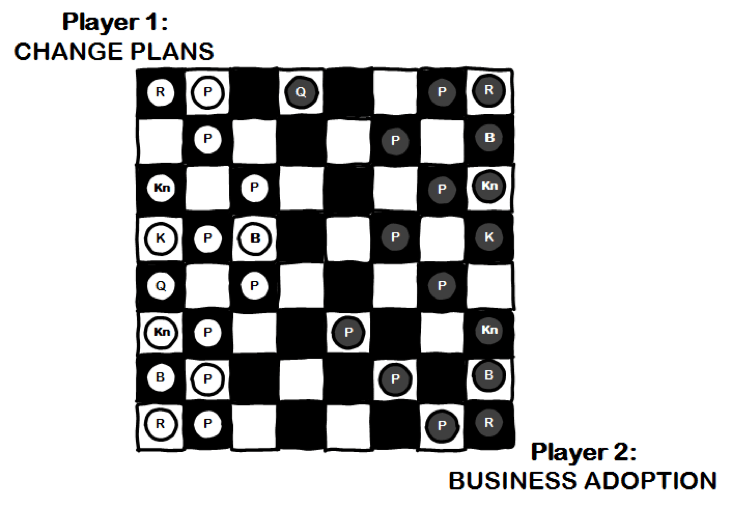
So, the core activities which need to have been completed to even think about measuring change is:
- Having a Change Network established so that you have dedicated individuals you can work with representing the impacted business units
- Beginning to execute your Change Plans so that you have proactive activities to help the business get from “unaware” to “fully prepared”
Before I discuss how I tackle measuring change, it’s important to understand Control Rooms and how they are the hub of the change execution phase within my change framework, providing feedback on whether your efforts are working or not working.

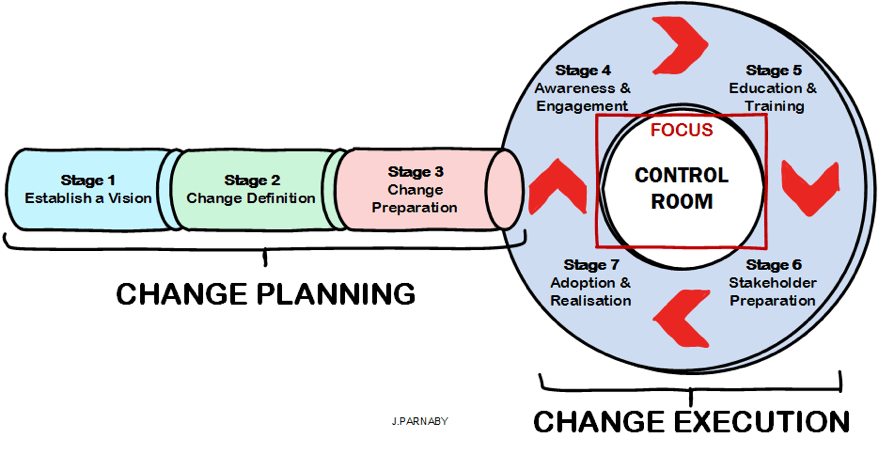
To break it down further I’ve listed the core objectives of my control rooms on a previous change project.
- Regular forum every fortnight providing a formal link between the Change Programme and the business
- Educate the senior team so they are empowered to drive change in their function
- Regularly review feedback from the business unit back into the programme team
- Review deployment and change plans & approaches
- Discuss readiness checkpoints and criteria to provide overall focus
- Plan business resources to support readiness activities
- Regularly review Risks, Issues and Actions
So now you’ve defined the governance of what a Control Room is it’s time to start getting attendees. You need to work out who the appropriate people are from the change networks who can commit that time to attend but also to help field and coordinate actions on the business side. Once you’ve got your attendees, get the first one booked in and use that to explain the control room concept and outline what the typical agenda will be.
The typical agenda points in a control room can range depending on where you are in the plans and what you need the business to do to be ready for the changes. It’s important that you can “measure change” which means you need tangible milestones to link to. I found it extremely invaluable to have a checkpoint system like the example below, mapped and created before I engaged with my control rooms which helped drive the focus of the meetings but more importantly enabled me to know whether the business unit had passed a checkpoint.
Now you have a defined measurement system you can easily produce charts / visual management for the Programme Managers / Directors stating where each business unit is on their change journey but also more importantly whether they are struggling or falling behind. This is an effective way to get the sponsors more involved with the senior teams to learn and help them to get more engaged with the programme.
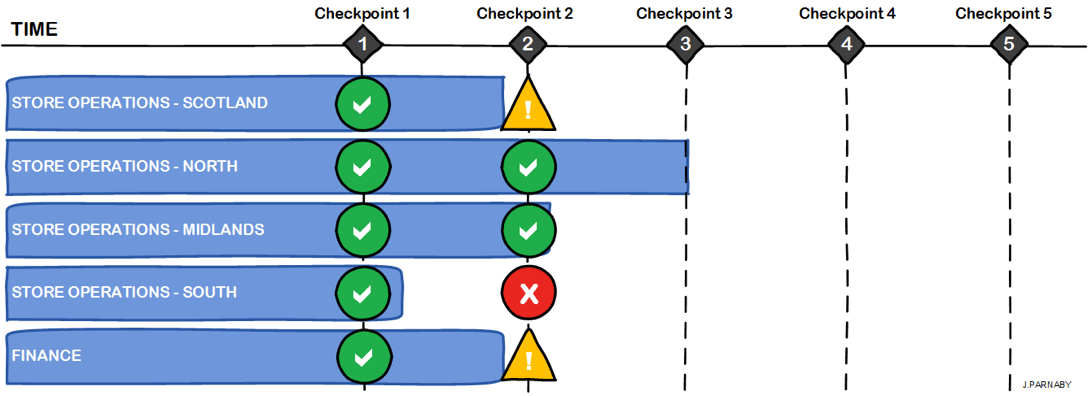
Next time I’ll be diving into some of the examples within a change plan focusing on communications planning, bringing to life a process (day in the life of) and the effectiveness of hands-on process education sessions.
How do you measure change? How do you keep your temperature checks with the business? Would the mechanisms above work on your change projects and programmes? Please feel free to leave a comment below to engage with the transformation community.
This article is brought to you exclusively by The Business Transformation Network.

